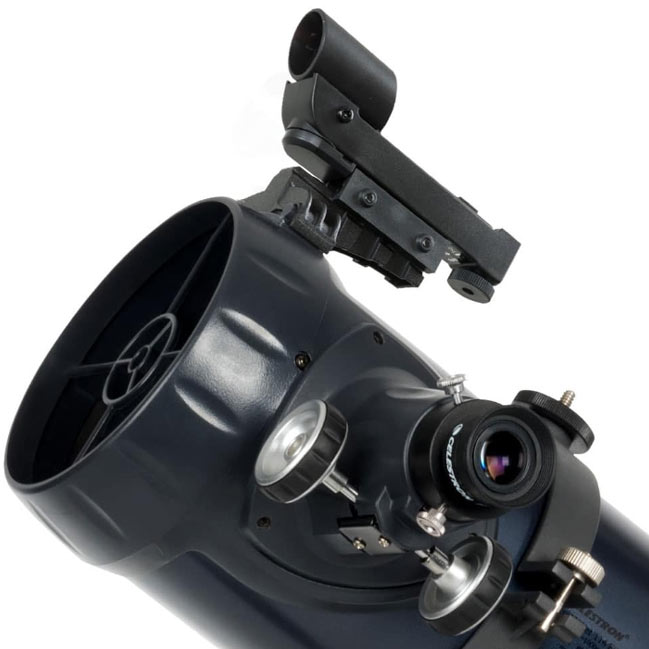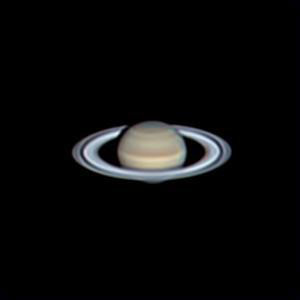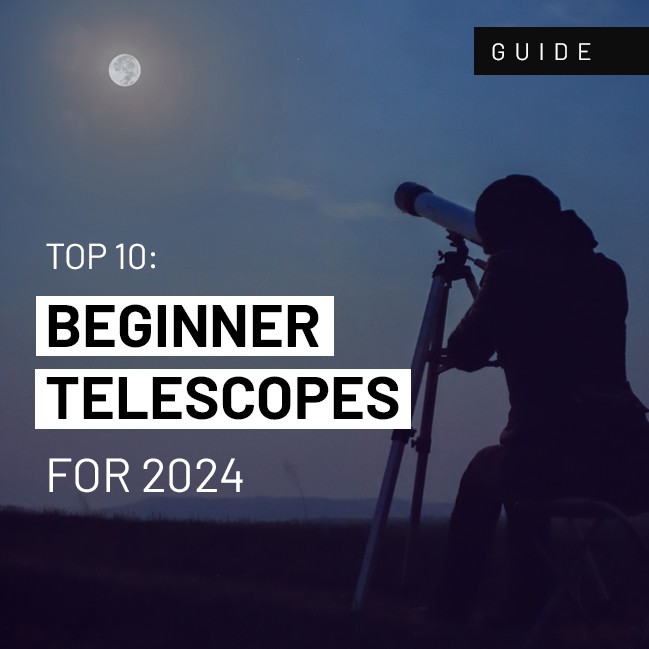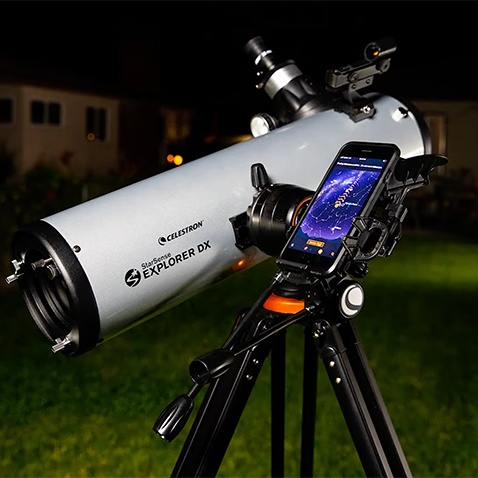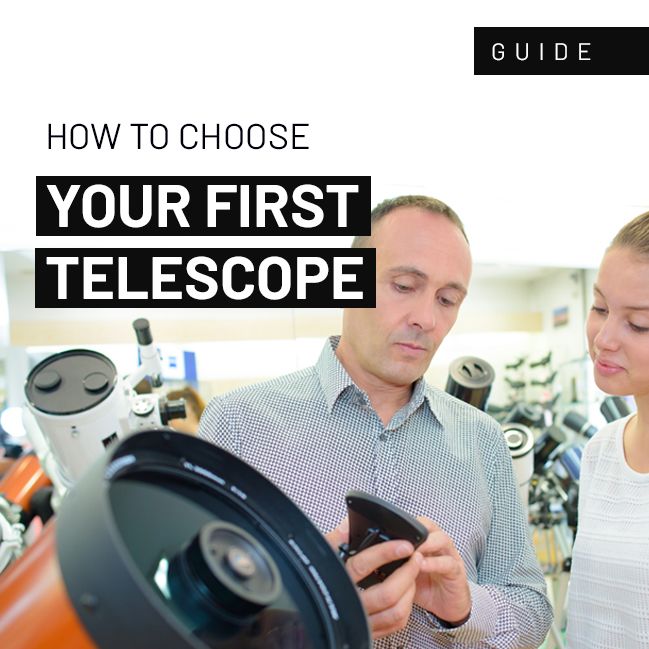How the Celestron Astromaster 114EQ got me started in Astrophotography3 June 2021 | Admin Well here's my story, and I've tried to elaborate more about visual and imaging astronomy, from my opinions and from my experiences. Firstly a bit about myself, like most people into astronomy, I love sci-fi, gadgets, NASA etc. Unfortunately, academically, I wasn't great in the sciences, but I am most definitely a hands-on person. I didn't even contemplate telescopes or binoculars as I found that they were out of my budget (good ones that is).
It's a great starter scope and I soon had it set up and started looking through the eyepieces. We were lucky to have some clear skies, and it was around the mid-summer that I caught my first ever real-time glimpse of Saturn, it was awesome. Now I don't mean I could see any detail or clarity, but I could clearly make out the typical blurred shape, and it was enough to blow me away because I was seeing this with my own eyes, not on TV, not in a magazine where it's all enhanced through software but with my own eyes, untouched by any artificial elements. This gave me a buzz that's just never leaves you. I became obsessed and had to do more, know more, see more. My issues with the Celestron Astromaster 114EQ telescope was the tripod, not very stable and picks up on the slightest of touches/vibrations which transferred through to the scope. Another issue was that this had the manual tracking, so I had to turn the adjustment paddle ever so slightly too often to keep any object in view, this itself meant more shaky viewing. So I decided to step this up a notch or two and ended up buying a small 71 mm refractor, now this gave me more of a wide field view as opposed to close-ups like the moon & planets. But that's when I switched to deep sky objects, wanting to see things like the Andromeda Galaxy and others. It ended up being a very expensive and very steep learning curve as I soon learned I needed other attachments and software programmes to bring out the detail in what I was capturing (still to this day have yet to achieve anything of recognition). If you want to just do visual astronomy and see planets with some detail straight off, then I'd suggest a minimum mirror aperture of 6-8" and a good premium eyepiece in the region of 10 mm. This, along with a 2 to 5 x power mate or Barlow lens, will give some substantial awesome views with good detail. If you want to see galaxies & nebulae, be prepared for a big expense and a lot of image time due to needing extras like a focal reducer/field flattener, a CCD/CMOS camera or even a DSLR would suffice. Eventually you will be wanting filters and then a processing software like Photoshop or other to bring out the images captured. Imaging astronomy is very time-consuming, very expensive and not for the feint hearted. A lot of patience is needed along with being computer savvy. Visual astronomy is the best way to get started as it's inexpensive, requires less time to set up and gives instant joy. I would definitely recommend a computerised GOTO mount that you can put your own scope on or a complete package that includes the mount, scope & eyepieces. With the right set up, you can have instant imaging on a good clear night. It's pretty much almost like plug'n'play.
A visual set up has a quarter of this equipment, will take all of 15mins to set up, and you've got instant pleasurable viewing. The moon is always a pleasure to look at close up, the sun is always a good choice with the correct solar filters. And with the right magnification, Jupiter, Saturn, Mars & Venus are always lovely to look at on a clear night. A plus side is, there are adaptors you can get that allow your phone to look through the eyepiece, so you can take pictures or video too. For anyone looking to get into astronomy, it's definitely worth lots of research and getting as much information as possible to help decide which area of astronomy you would like to venture into, don't rush in like I did. I don't regret it, but there's a lot I would have done differently if I had researched first. I'm at the stage where I have (after several months) find tuned all the equipment to a point that I now need clear skies to do some imaging and see if all the expense, hard work and research has paid off. Article by Richard P.
|
